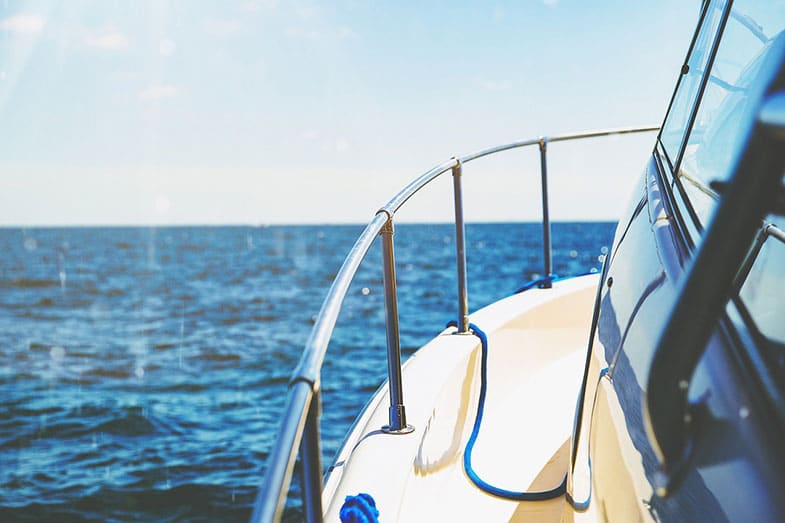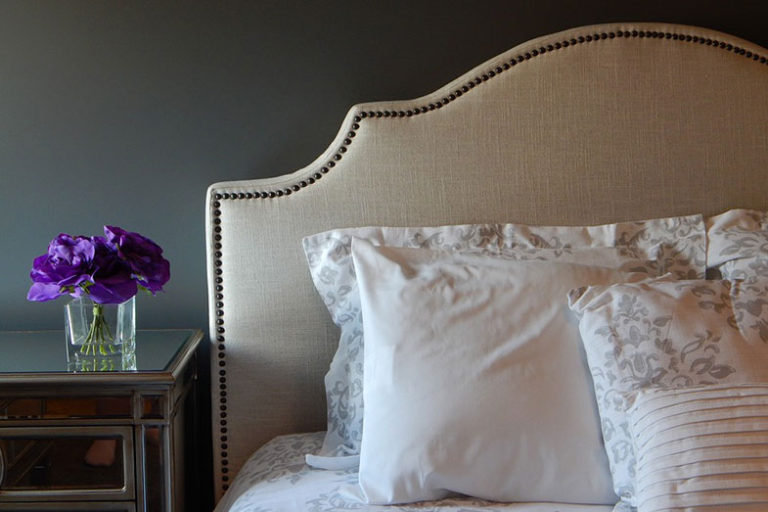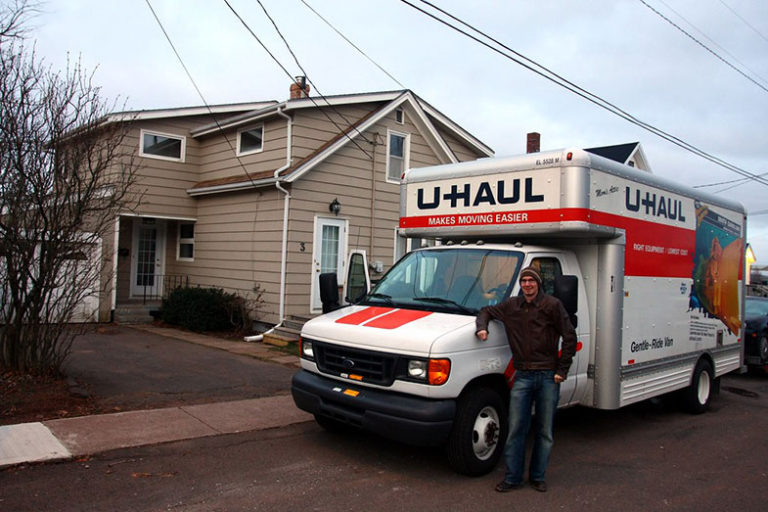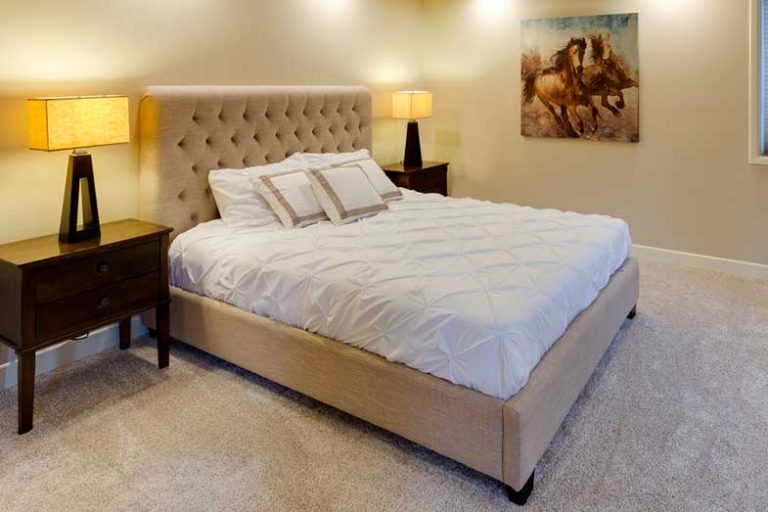How to Sleep Comfortably in the V-Berth on a Boat
Disclosure: We may get commissions for purchases made through links in this post.
For some, sleeping on a boat can be a challenge, especially if you’re not prepared. Just like any land or air vessel, boat cruises can be long and tiresome. You may occasionally find yourself drifting off to sleep, sometimes even without knowing it. Like any regular bed, a V-berth requires some level of comfort if you are to enjoy your sleep.
How can I sleep comfortably in the V-berth on a boat? In case you need to make the V-berth a single, wide bed, you should get some plywood drop-in bunk filler. Then, you may need to add some cushions for the port and starboard sides. Always carry with you warm clothes even if it is evidently cold, as sea weather is known for its unpredictability.
When designing boats, the sleeping needs of crew members is an important thing boat engineers take into account. This post discusses how to sleep both safely and comfortably in the V-berth on a boat.

How to Sleep Comfortably in the V-Berth on a Boat
It’s important to take warmth into consideration. Wearing warm clothes is no-brainier. All you have to do is study the weather and the dynamics of the sea, then dress and pack accordingly.
If you need that extra padding of warmth and comfort, you may need to consider custom-made foam-mattresses. Inflatable mattresses are great for space conservation. You can inflate it when you want to use and deflate it for ease of storage. And as many inflatable mattresses are buoyant, manufactures have ensured they are made in waterproof-material. Therefore, they are just the perfect addition to your V-berth. The last thing you might consider adding is anti-fatigue matting. Sleeping in boats can last hours, and in the process, you could suffer fatigue, especially on your back, neck, and lower limbs. This is where anti-fatigue matting comes in.
Which Direction Should You Sleep in a V-berth
The general sleeping direction in a V-berth is sleeping with your feet first and in the direction of the bow. It is important to remember that V-berths generally narrow as you approach their forward end. This prevents injury, especially if the boat hits something underwater. It could get even worse as you proceed to dock, as there are sometimes logs, boulders, and other debris to bump into.
Also, sleeping with your feet in the direction of the bow ensures you get up much faster, especially in the event of an emergency. As the place is narrow, sleeping with your head towards it means being overly careful when waking up, which also means you would take way too much time to be on your feet.
Other Places to Sleep on a Boat
Apart from the V-berth and other berths, you can also sleep on the deck, on the bunk or in the cabin.
However, whichever spot you choose, you will still need some form of padding for extra comfort. Also, you might want to choose the most comfortable and isolated spot in the sailboat.
What Is a Berth?
Simply put, a berth is a bed that is usually stacked like bunk-beds and used on a boat, ship, or train to sleep on. Berths are ideal for night-time travelers. They enable you to lay comfortable and travel all night as opposed to sitting up.
Being the resourceful item it is, boat manufacturers continually strive to ensure they furnish their vessels with a berth that not only offers a place to sleep but also takes crew comfort into account. As opposed to trains, where the berth would be used exclusively for sleeping purposes, boat berths offer more than just a sleeping facility. You can use it as a nice spot to retreat to, especially when sailing across wild waters where you are constantly tossed over.
Types of Berths
The following are some of the most common types of berths on a boat.
V-berth – V-berths are common on yachts. Usually, the beds are located in the far forward-end of the boat’s hull. V-berths are normally tucked in a separate cabin known as the forepeak. The bed usually spots a triangular shape from the shape of the hull. However, in many modern designs, there is often a triangular notch that cuts out from the middle section of the aft-end. This notch splits the hull into two different beds that appear to be more v-shaped. It is from this splitting that the berth gets its name. One advantage with V-berths is that you can create something that resembles a double bed by filling the notch using cushions and detachable boards.
Settee Berth – If you carefully study the layout of a yacht, you will notice that it is designed with seats that run down on both sides of its cabin, with the middle section occupied by a table. During the night, these seats serve as beds. Settee berths are normally used with lee-cloths. These prevent you from falling from the beds, considering settee berths are designed with a mechanism that moves the settee’s back out of the way. In some cases, a settee could be used as a section of a double bed. This is done by adding extra cushions and detachable-pieces of its table. However, the beds formed this way are not real settee berths.
Pilot Berth – A pilot berth refers to a narrow berth that’s found on the higher sections of the sides of the cabin. This berth is usually located above and behind the settee’s back and right beneath the deck. In some cases, the pilot berth is designed with its side walled into the chest of the sleeper. Some pilot berths are also designed with lockers in such a way that it appears behind the unit. They draw their name from the fact that they were predominantly used by pilots.
Quarter Berth – This is basically a single bunk that is tucked beneath the cockpit. Quarter berths are common among small boats. This is because these boats normally have no spare room for a cabin.
Conclusion – How to Sleep Comfortably in the V-Berth on a Boat
Napping on a boat is one of the most calming experiences. There are several berths to nap on, but we would recommend V-berths as they are relatively large and offer provisions for creating a double bed.
So as to make your experience even more calming, be sure to add some memory foam mattress, extra padding for comfort, and anti-fatigue matting in case you happen to sleep for hours on end.
FAQs
1. Is sleeping on a berth safe at all? – Yes, but that depends on your orientation. Always be sure your head is pointed towards the right direction to avoid any injuries.
2. Which berth is best for me? – As a general rule, choose a berth that offers ample sleeping space. Especially give due consideration to the space near your head. You may also consider additional benefits such as the provision of lockers or double bed in case there is the two of you.
3. In addition to warm clothing, what else should I carry with me on a boat – Medication, especially those used to treat seasickness.






